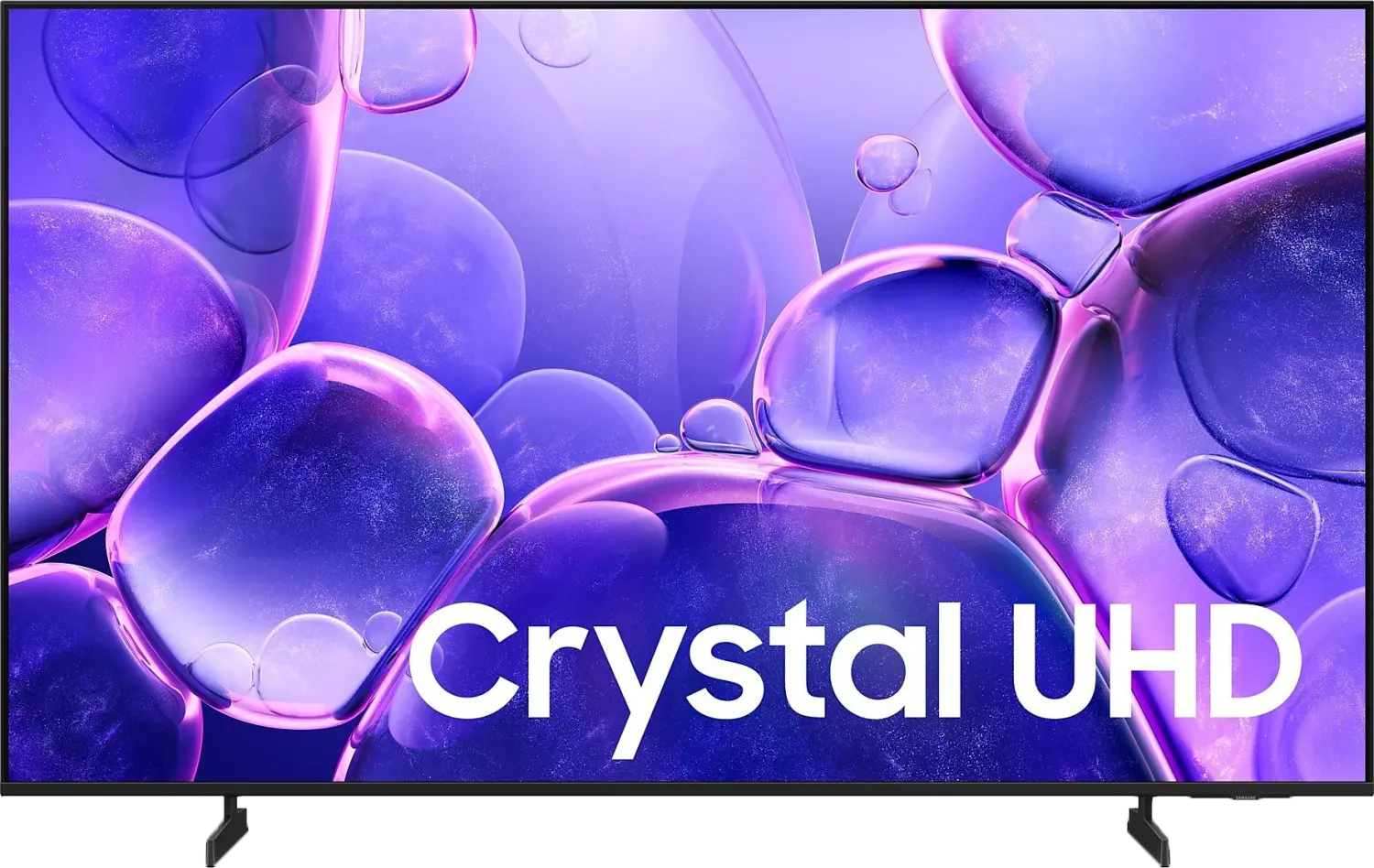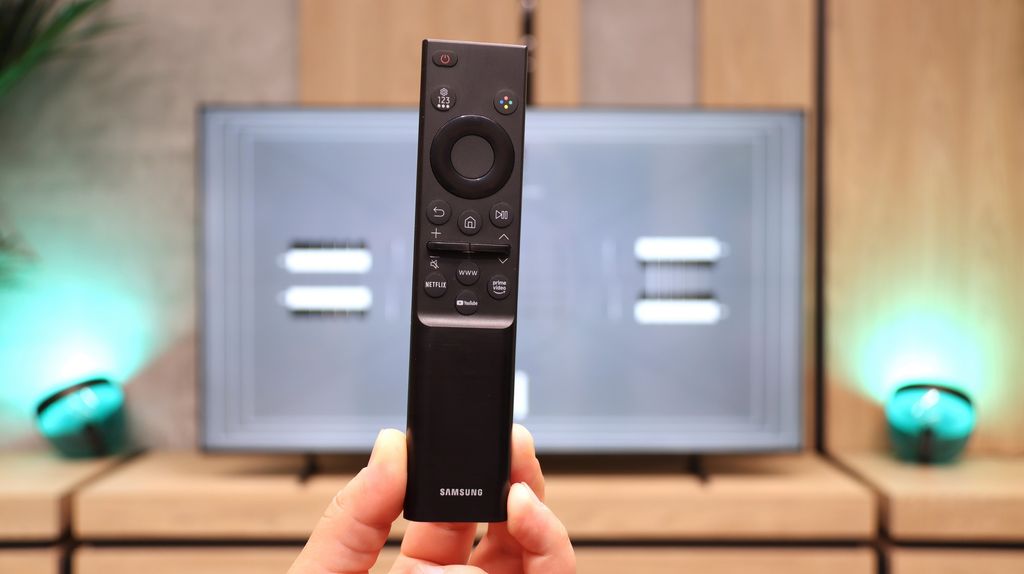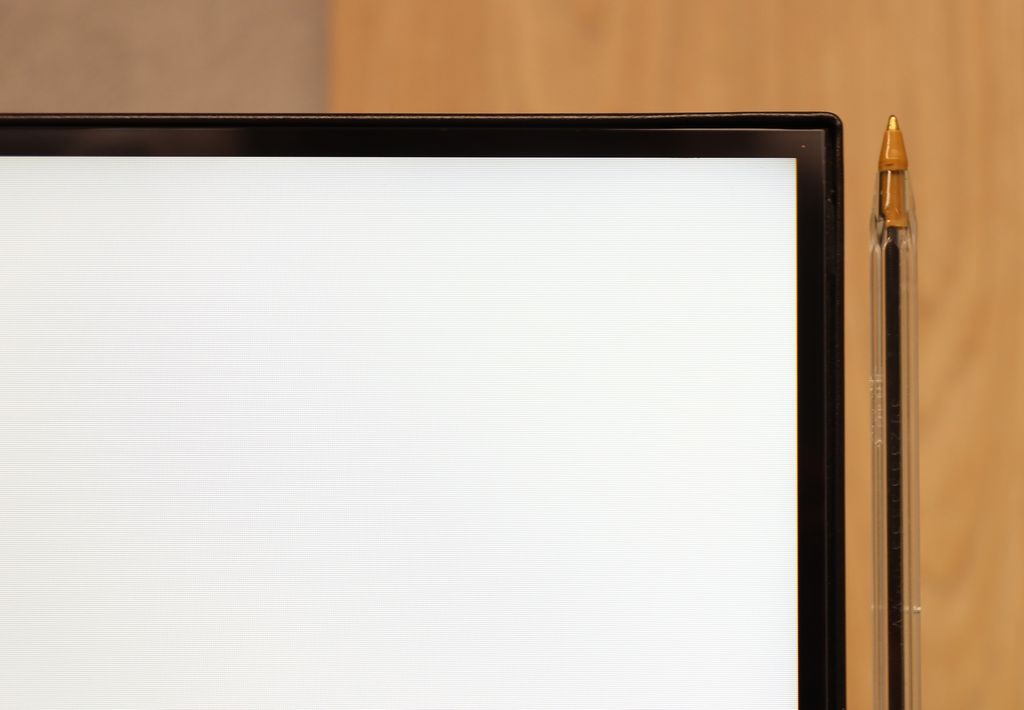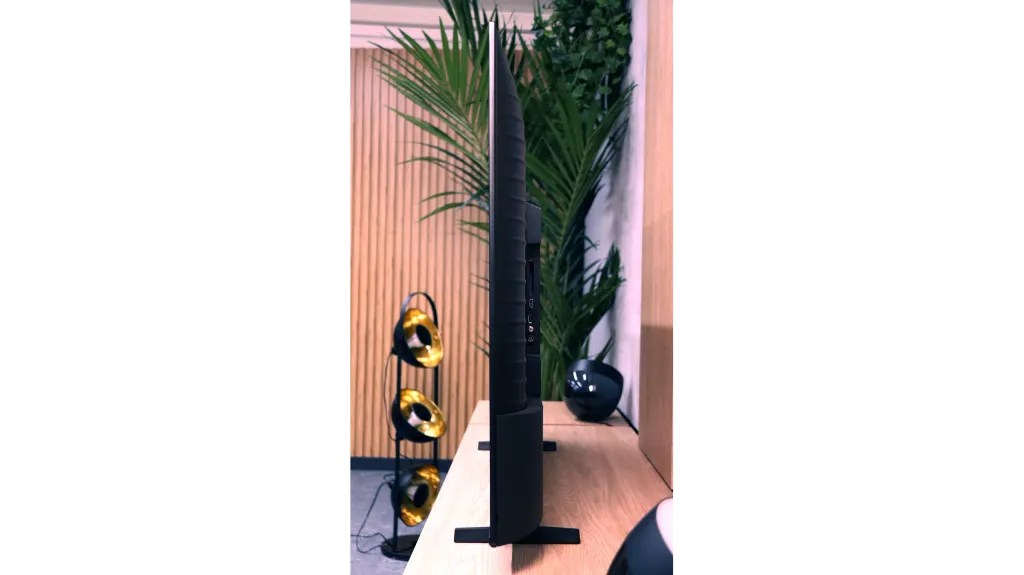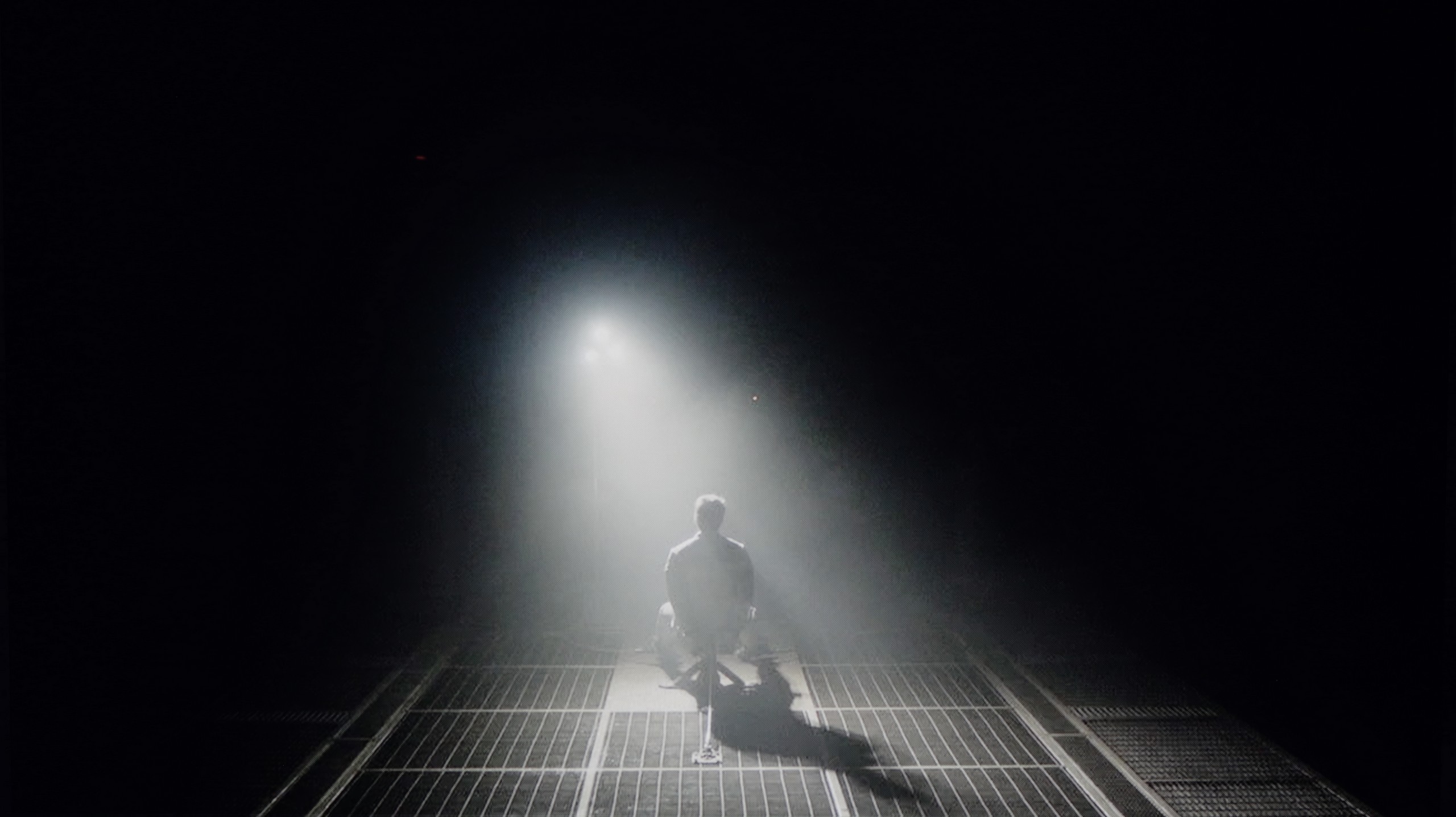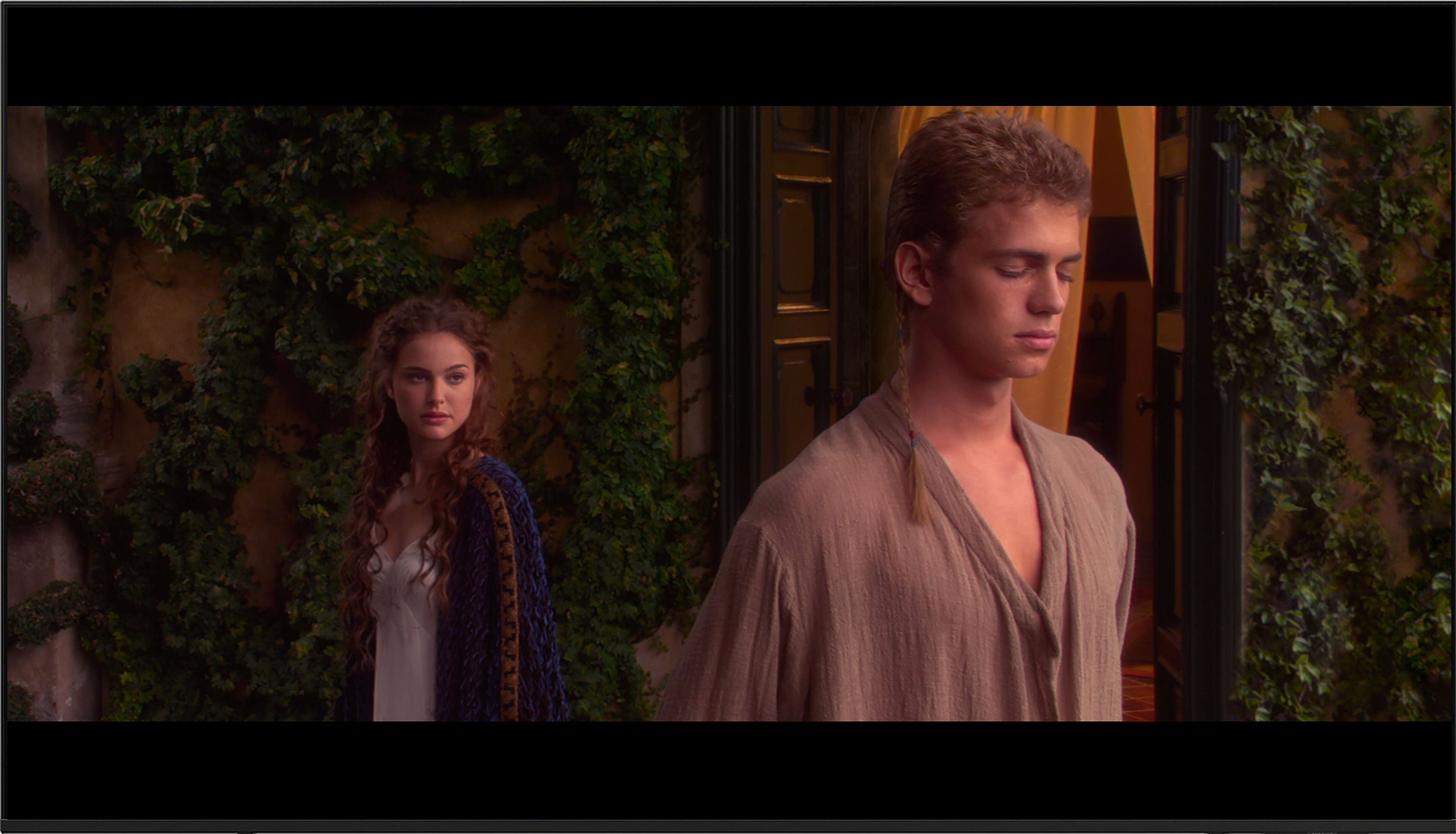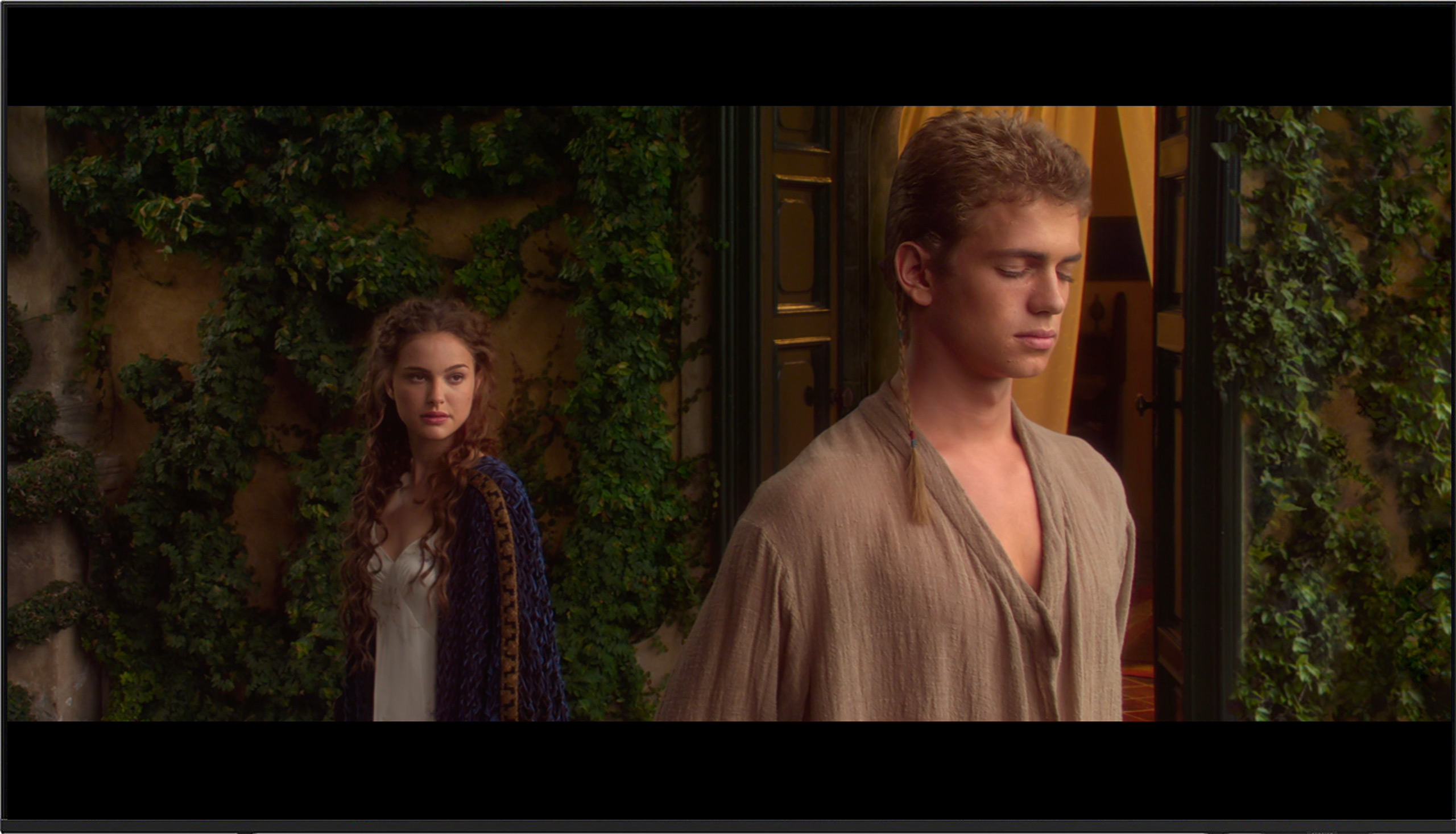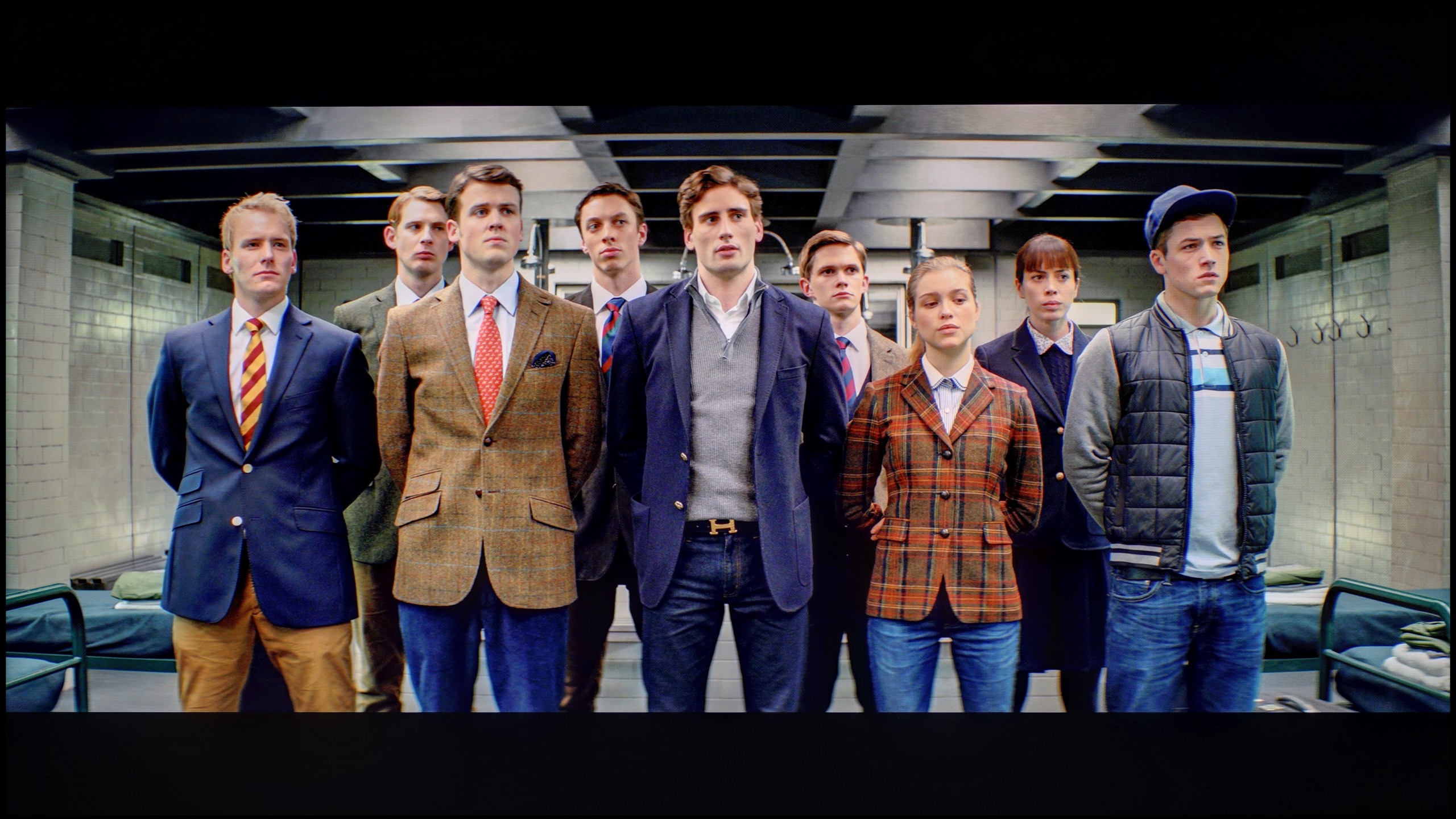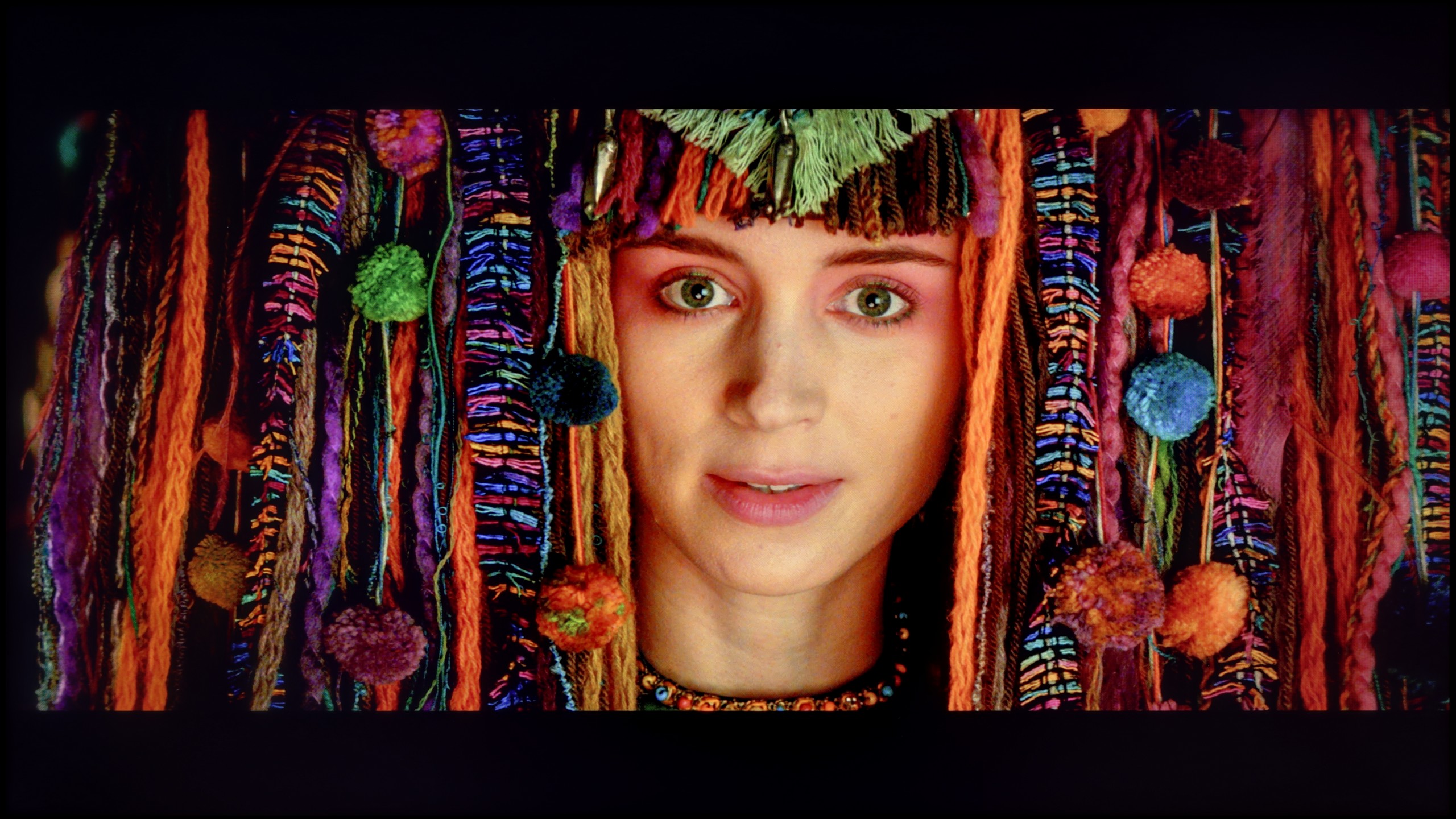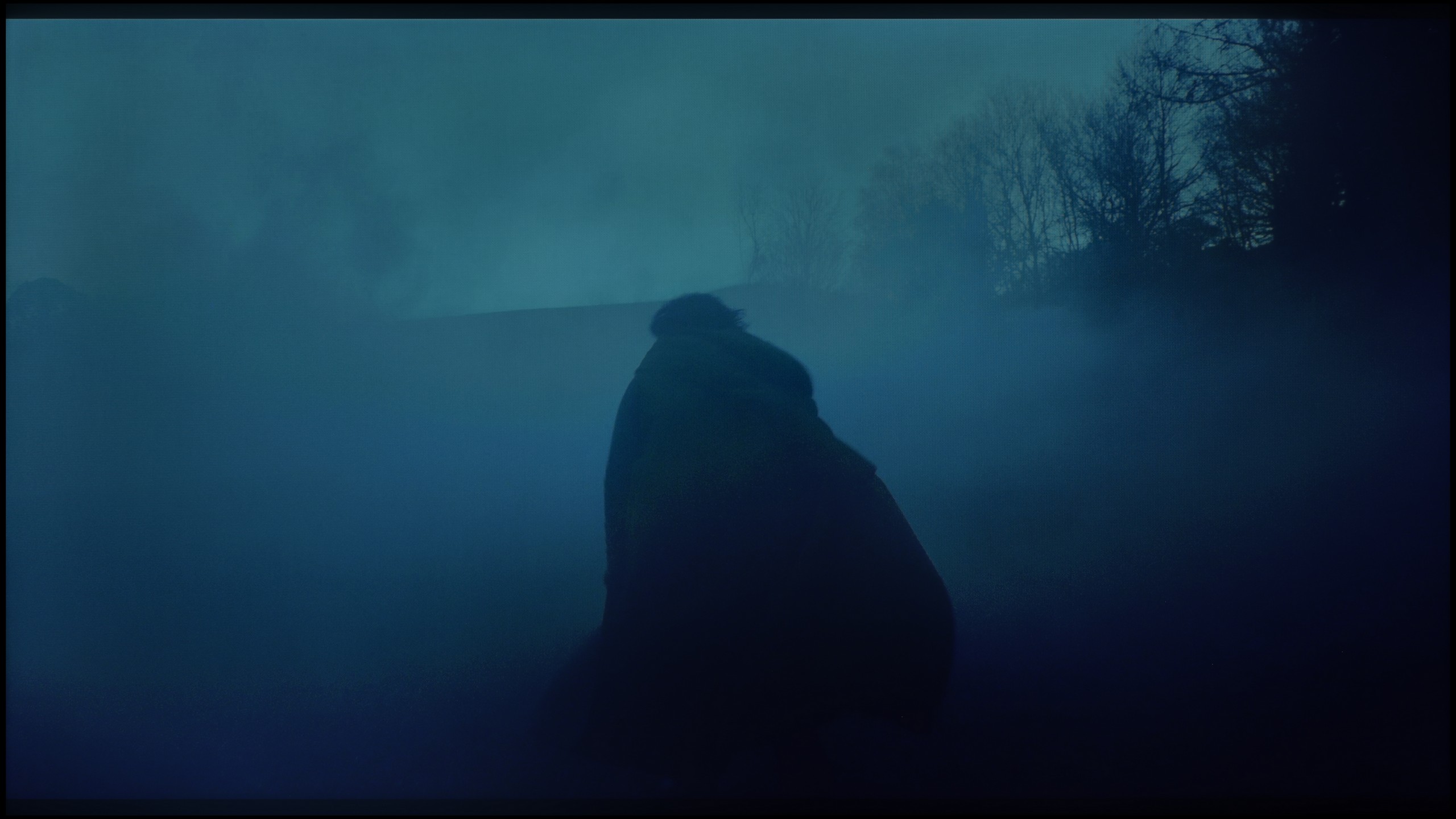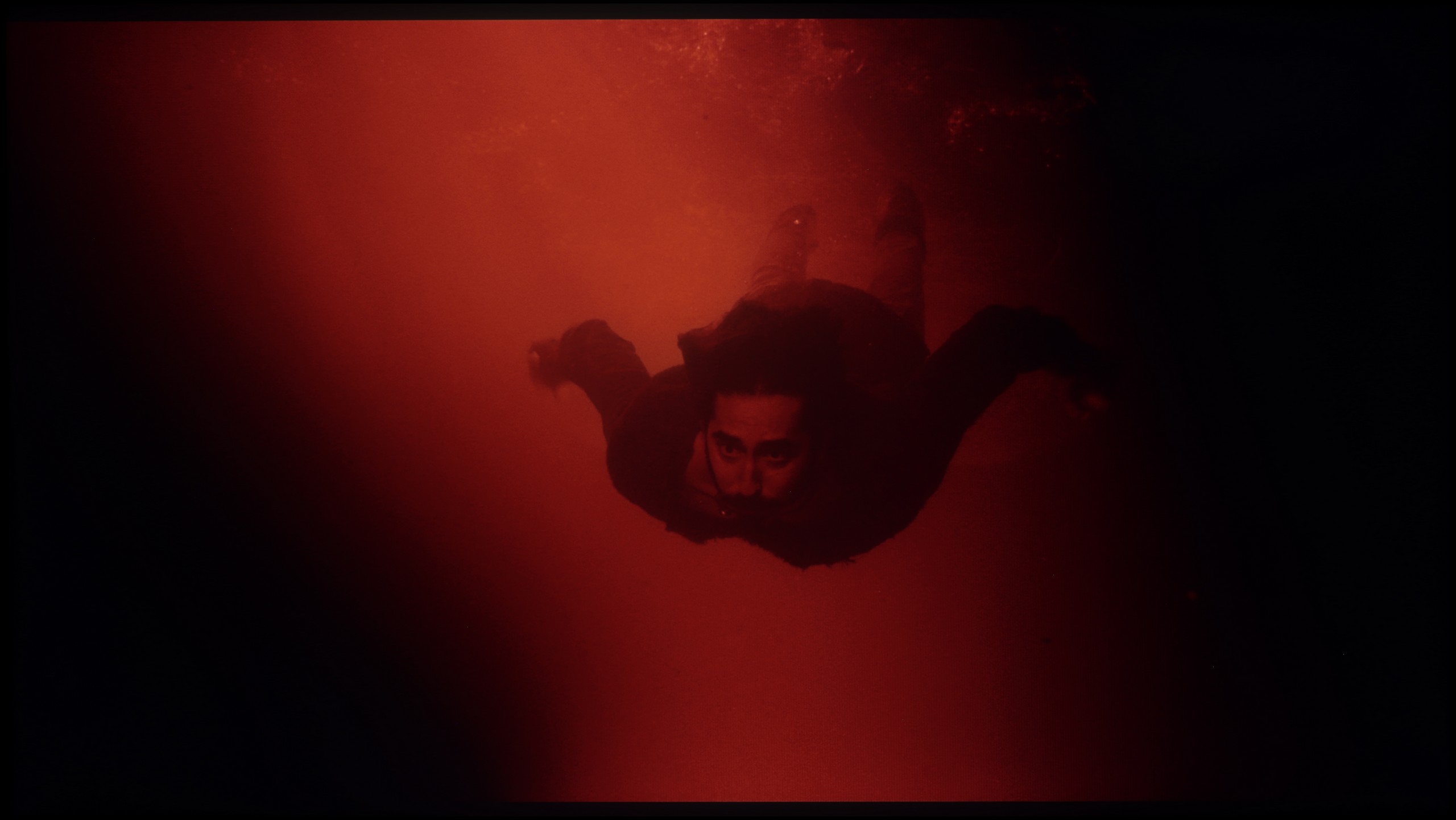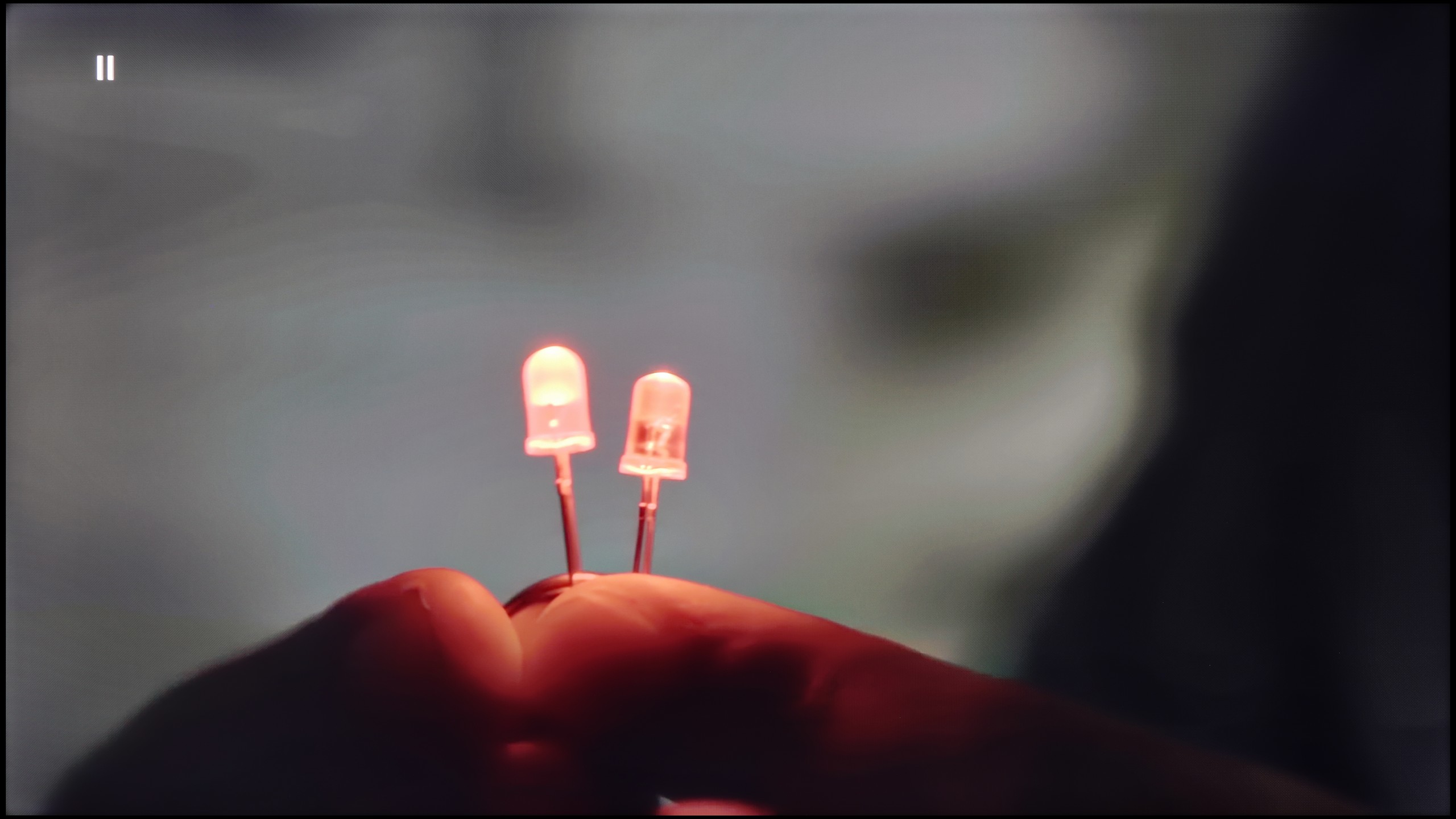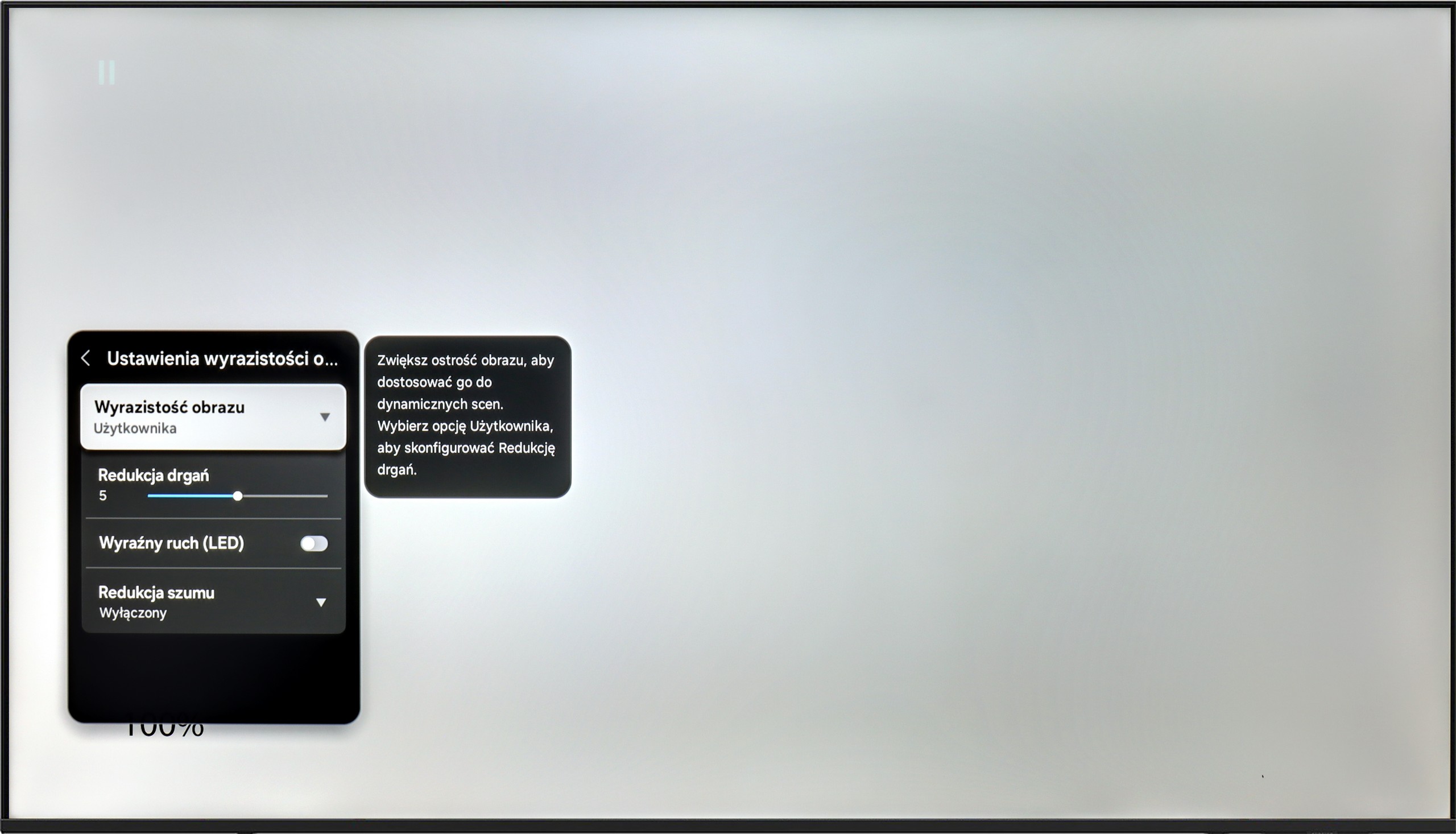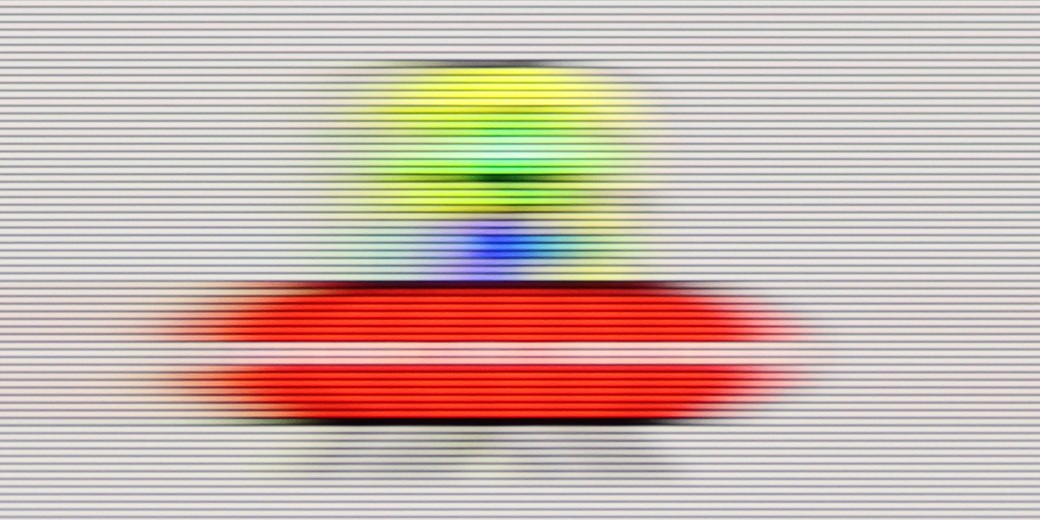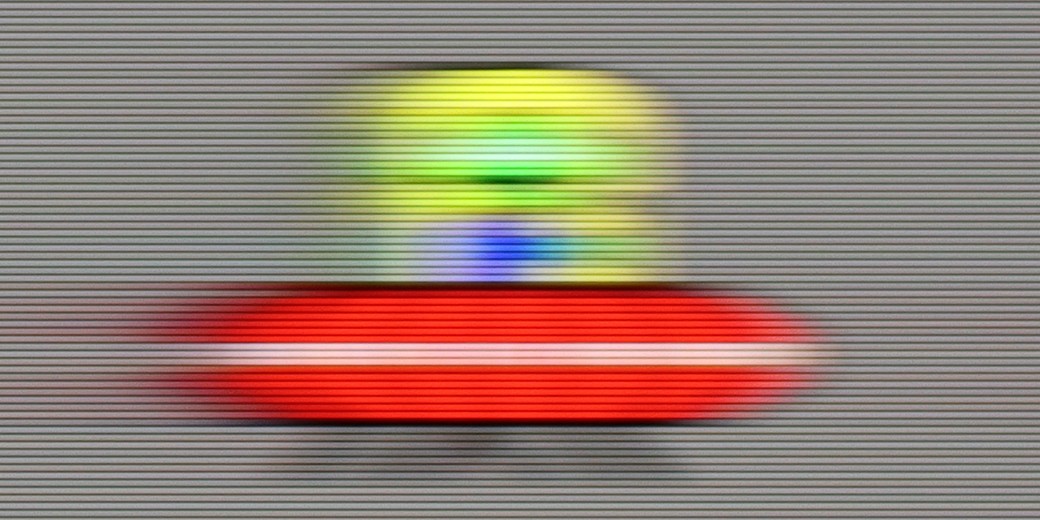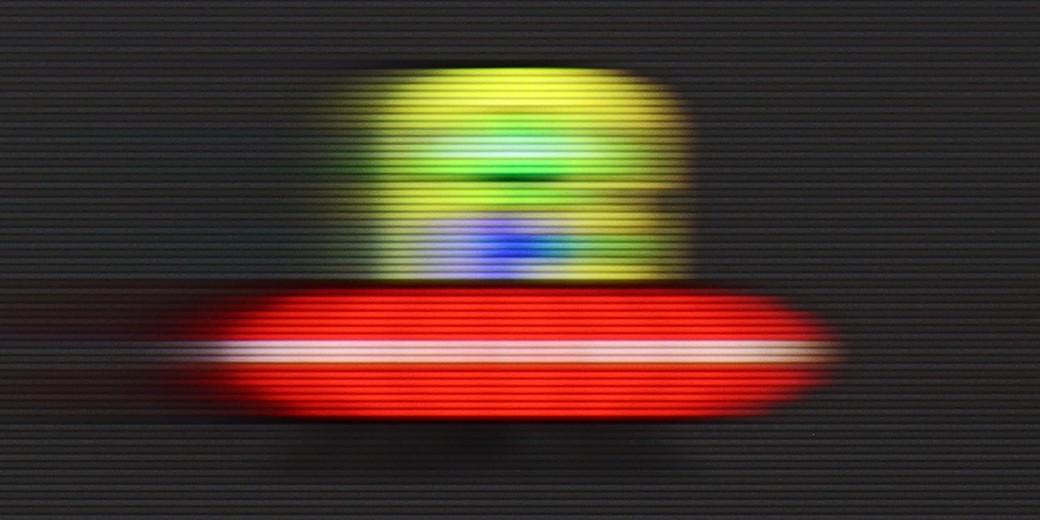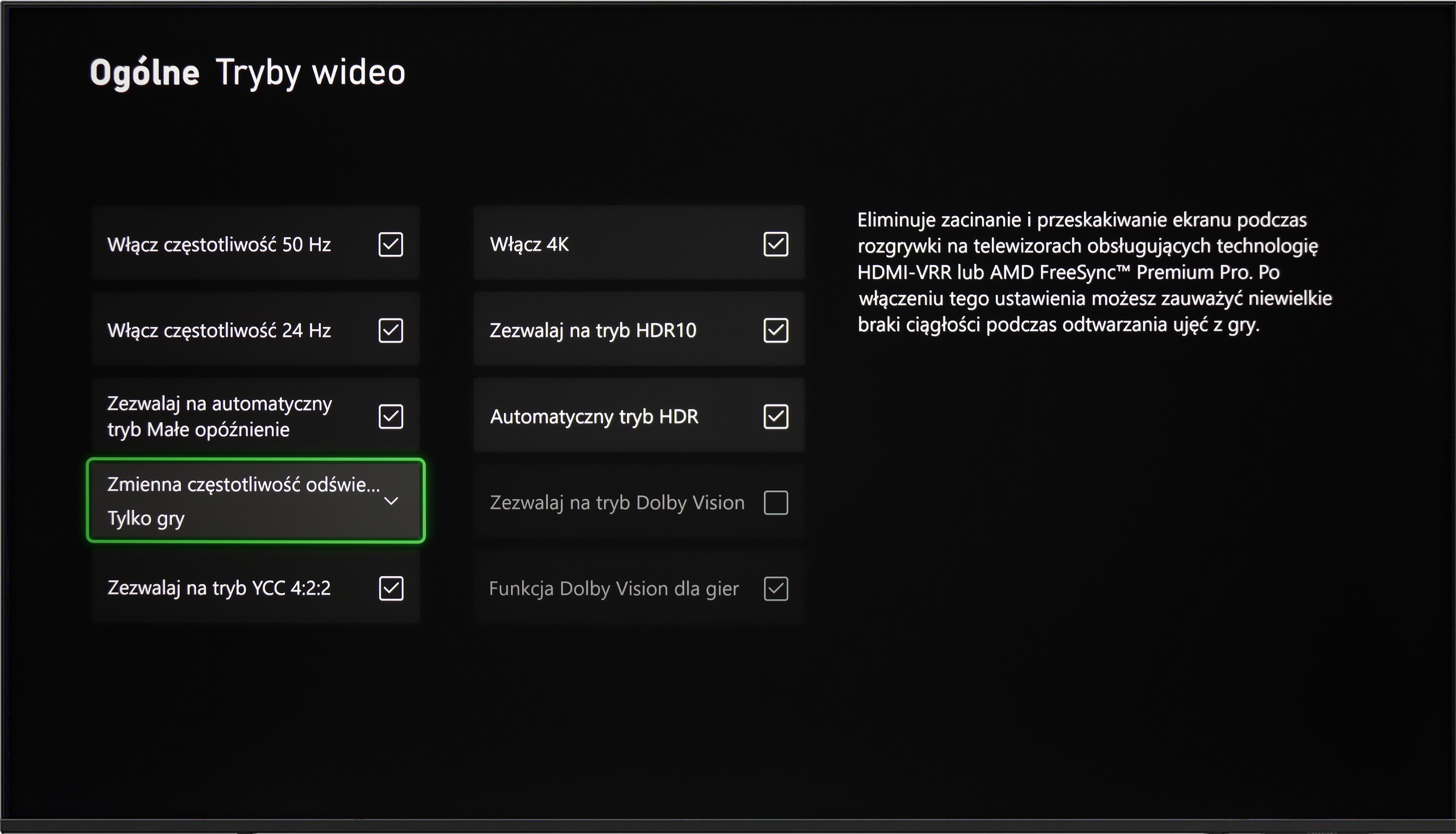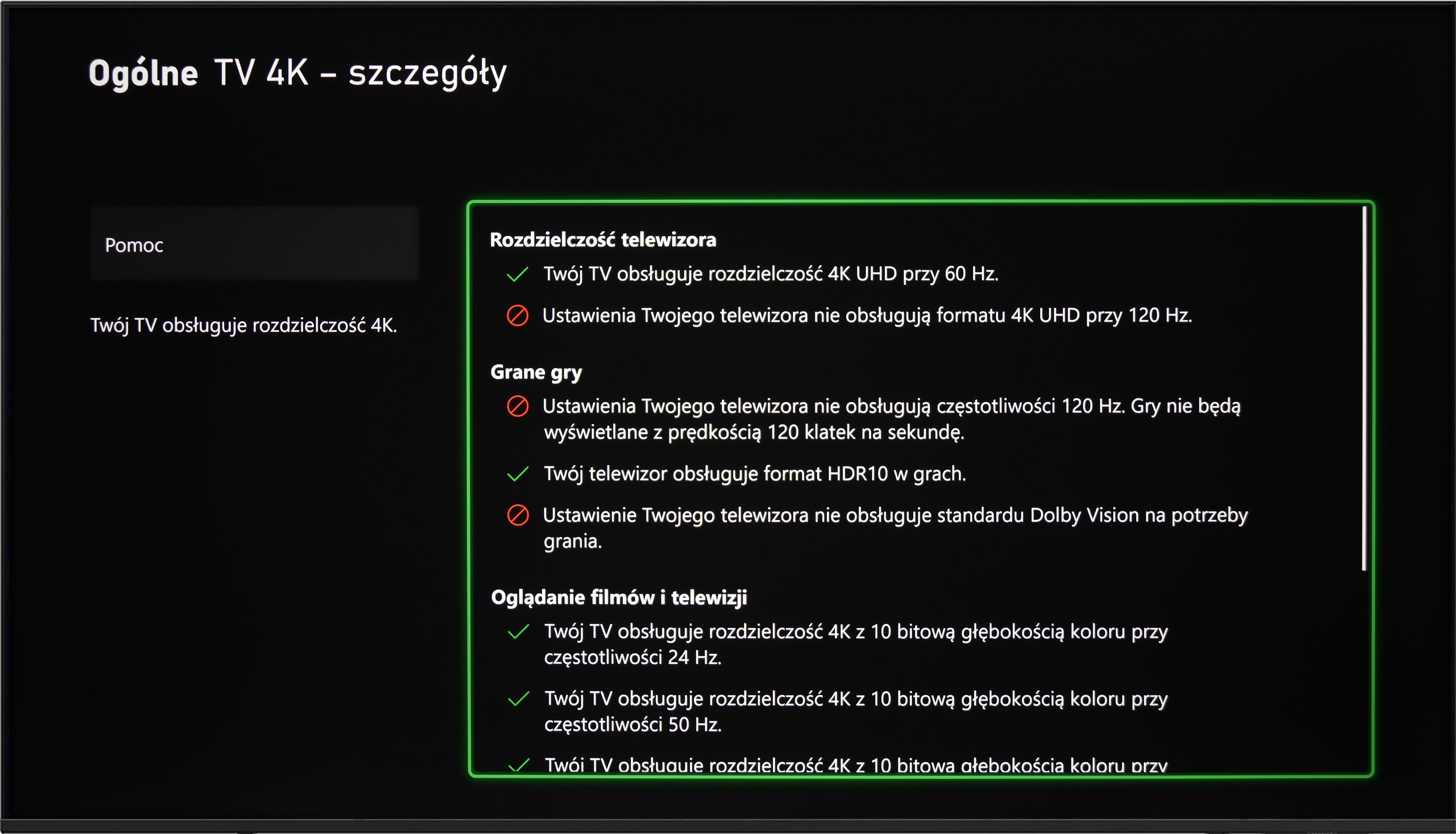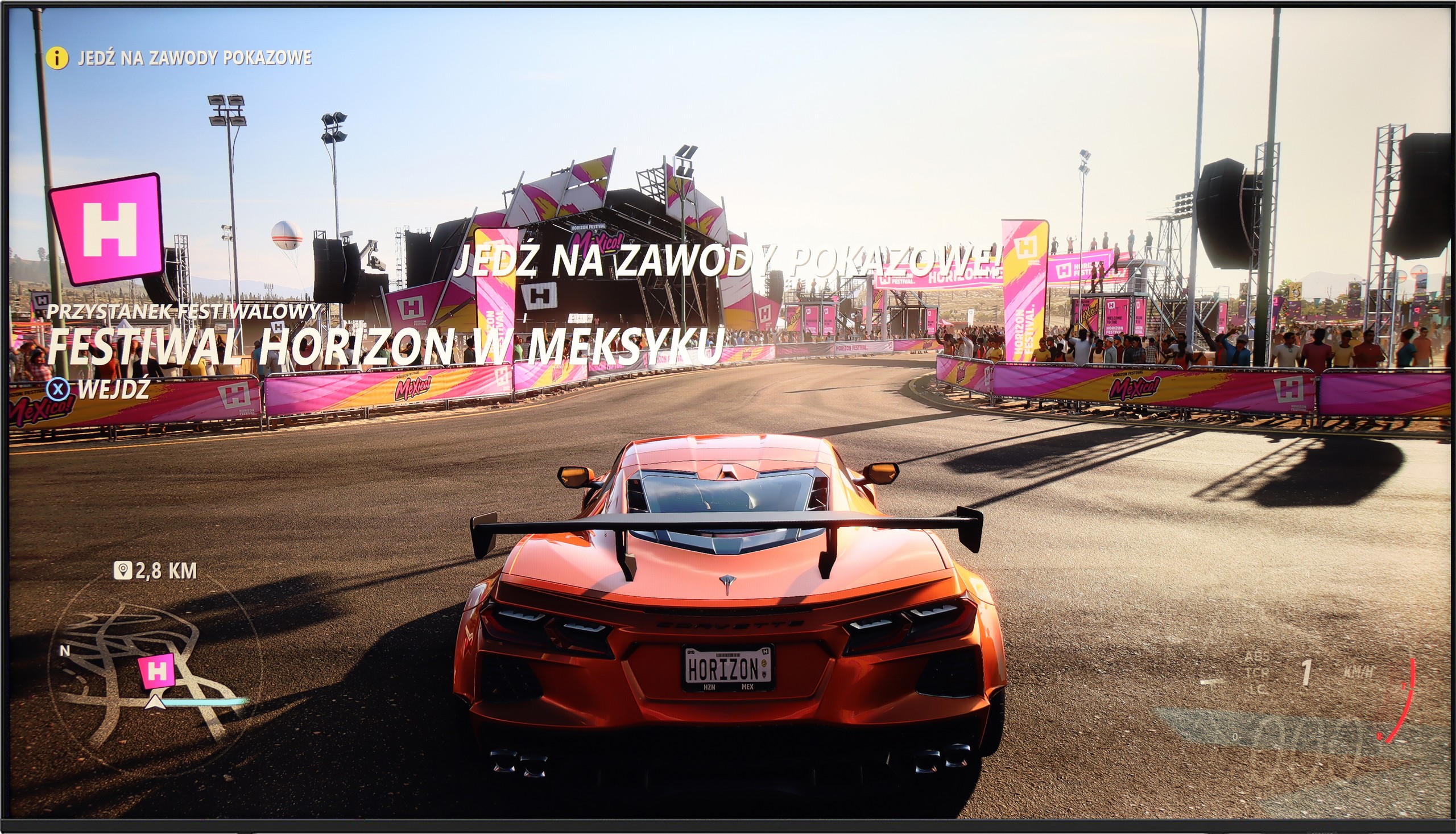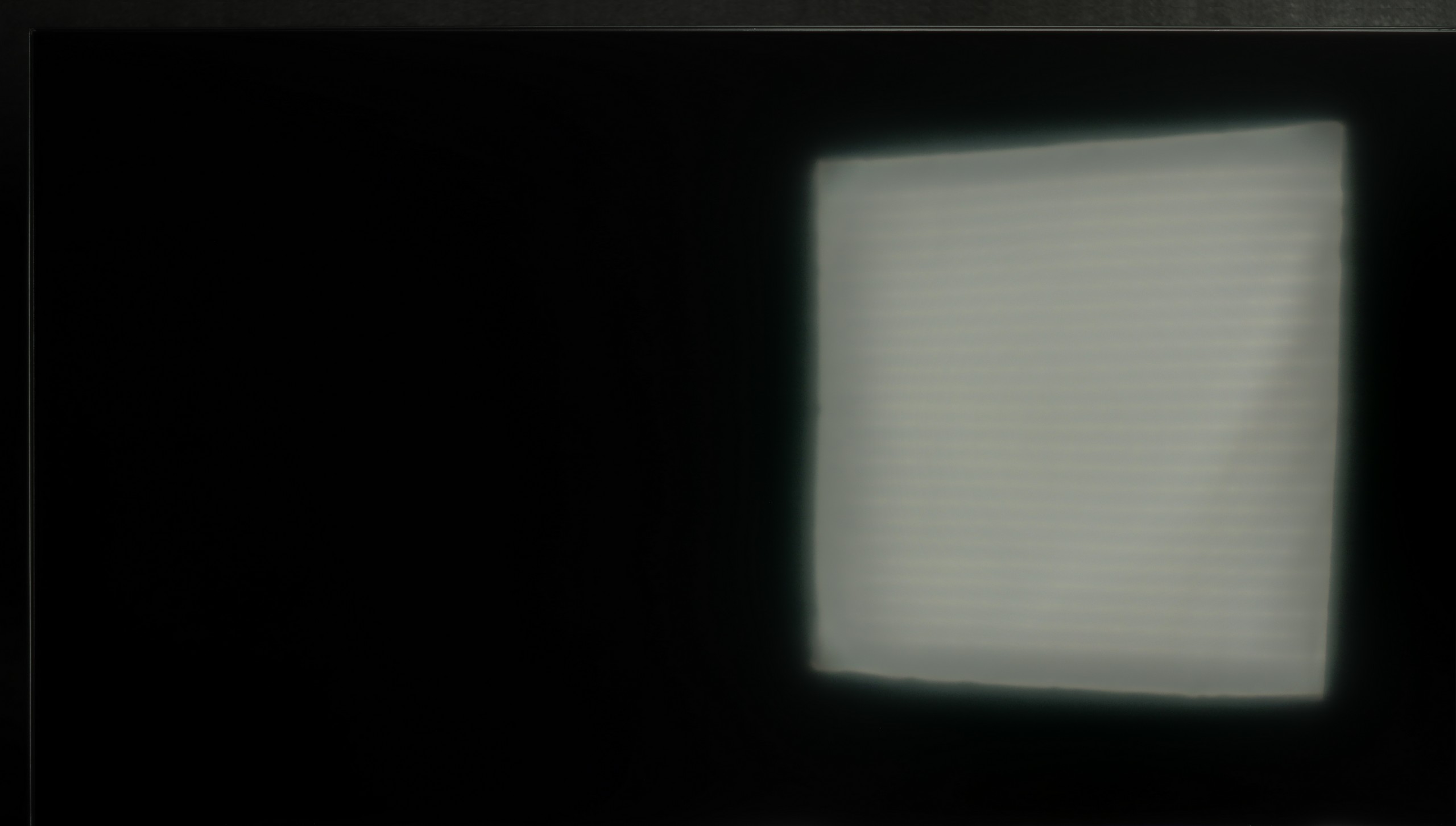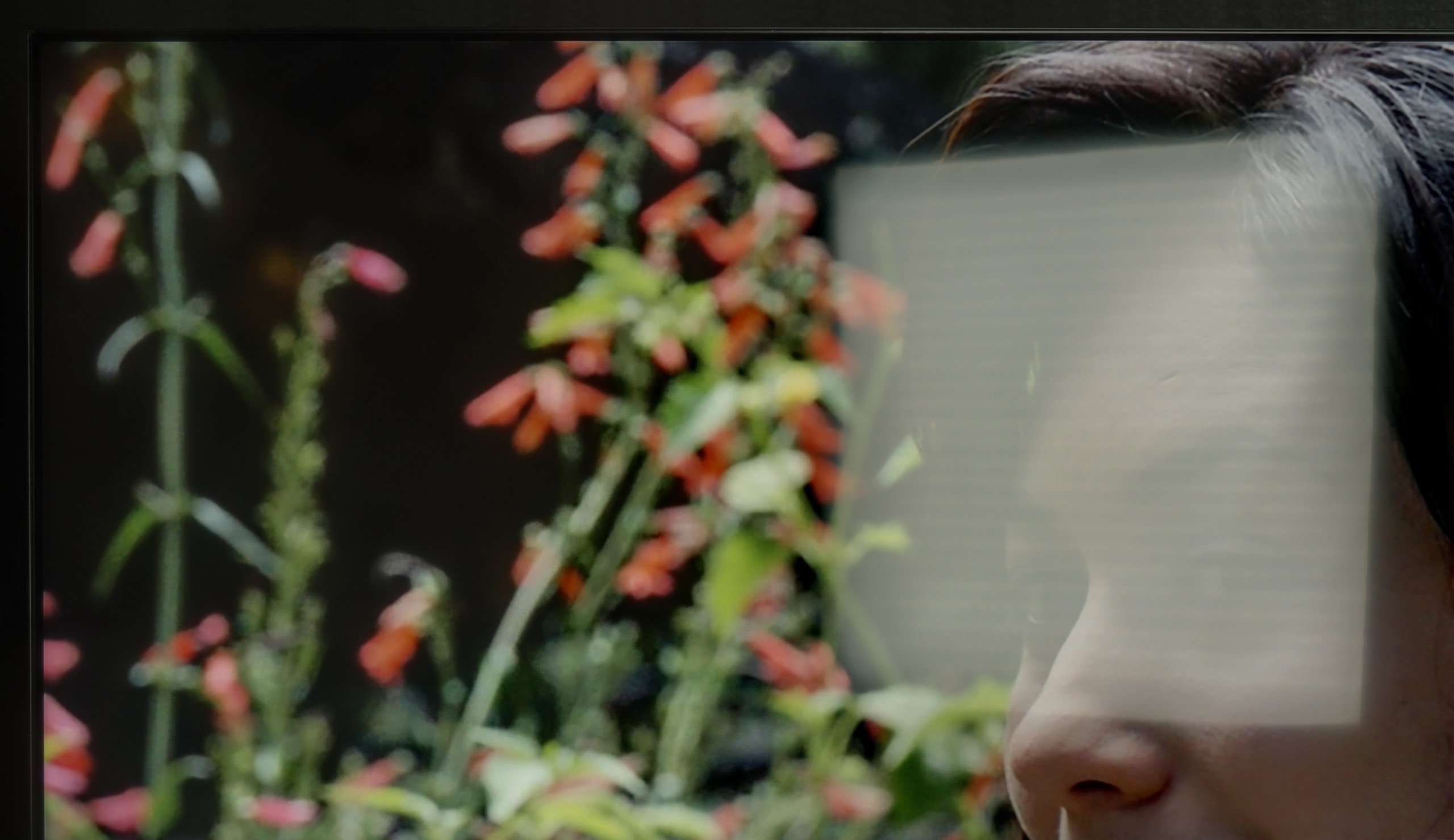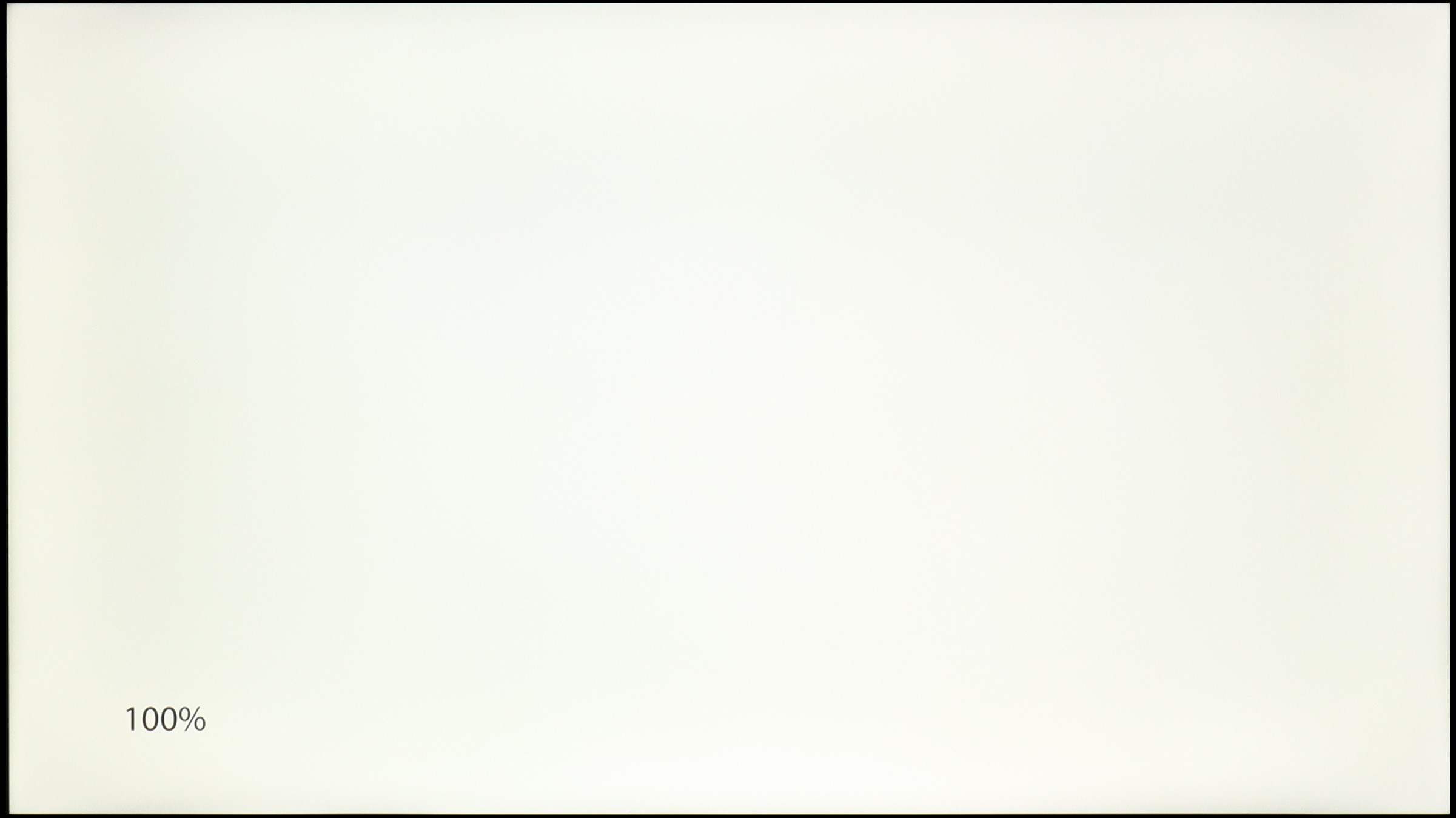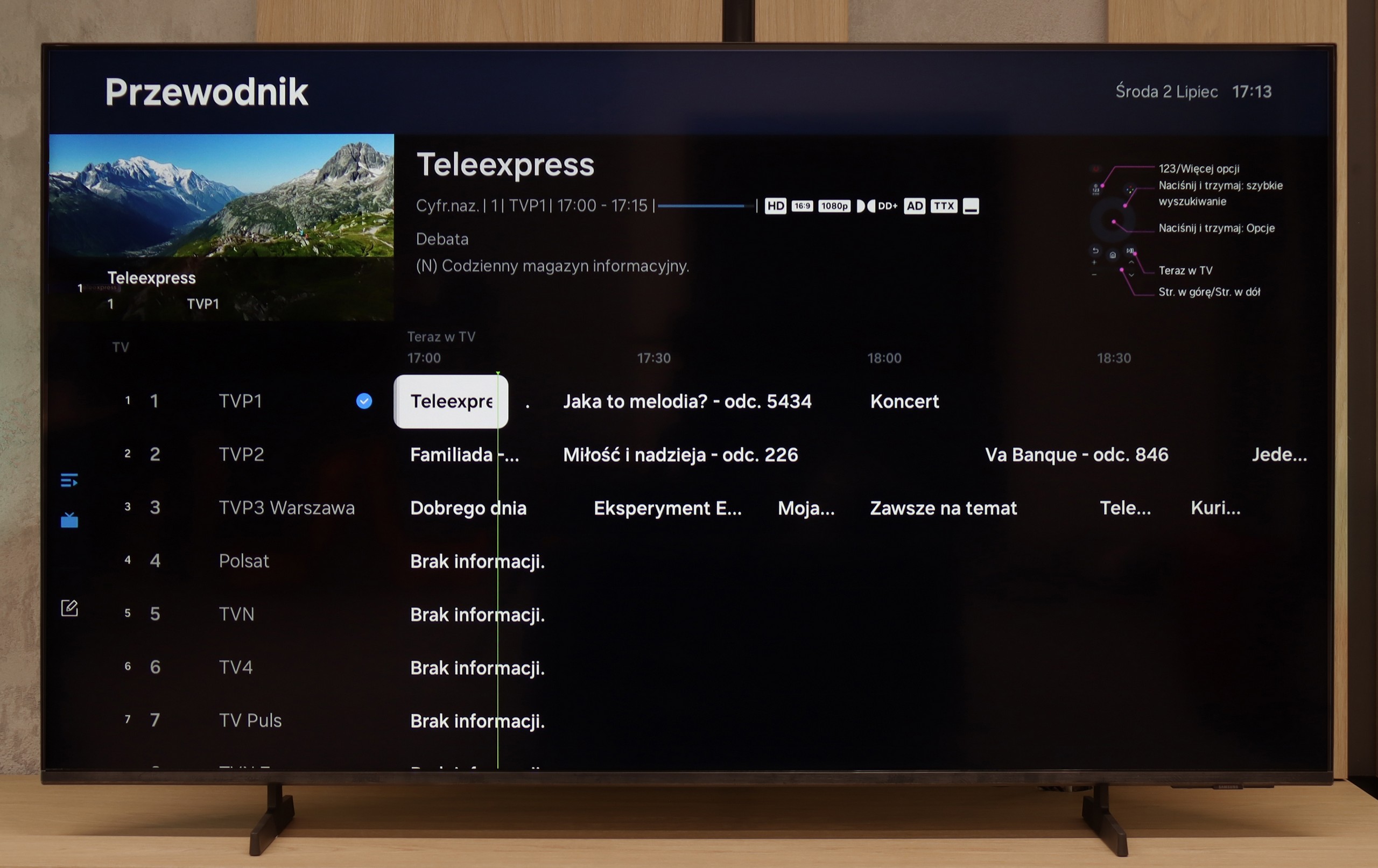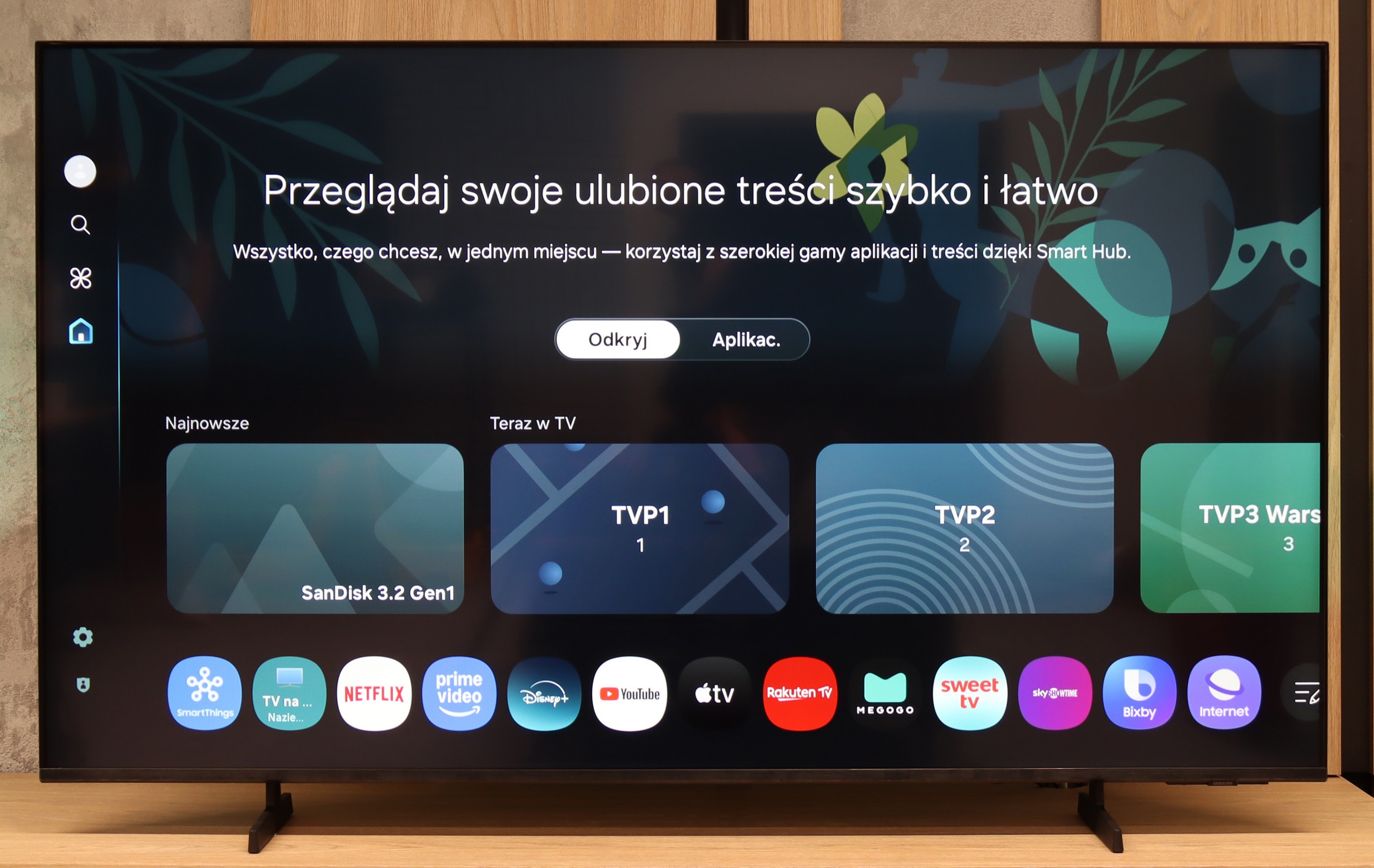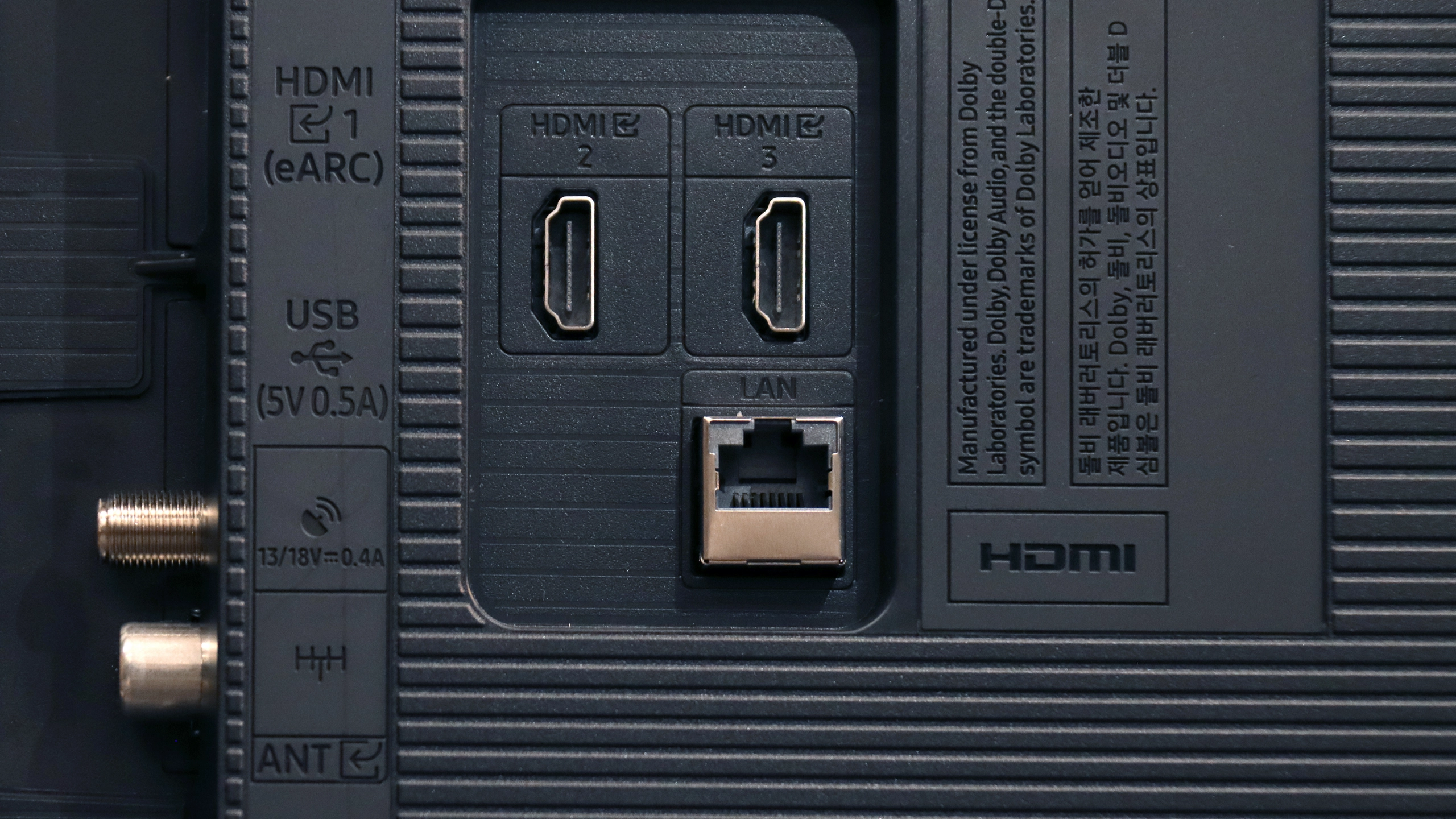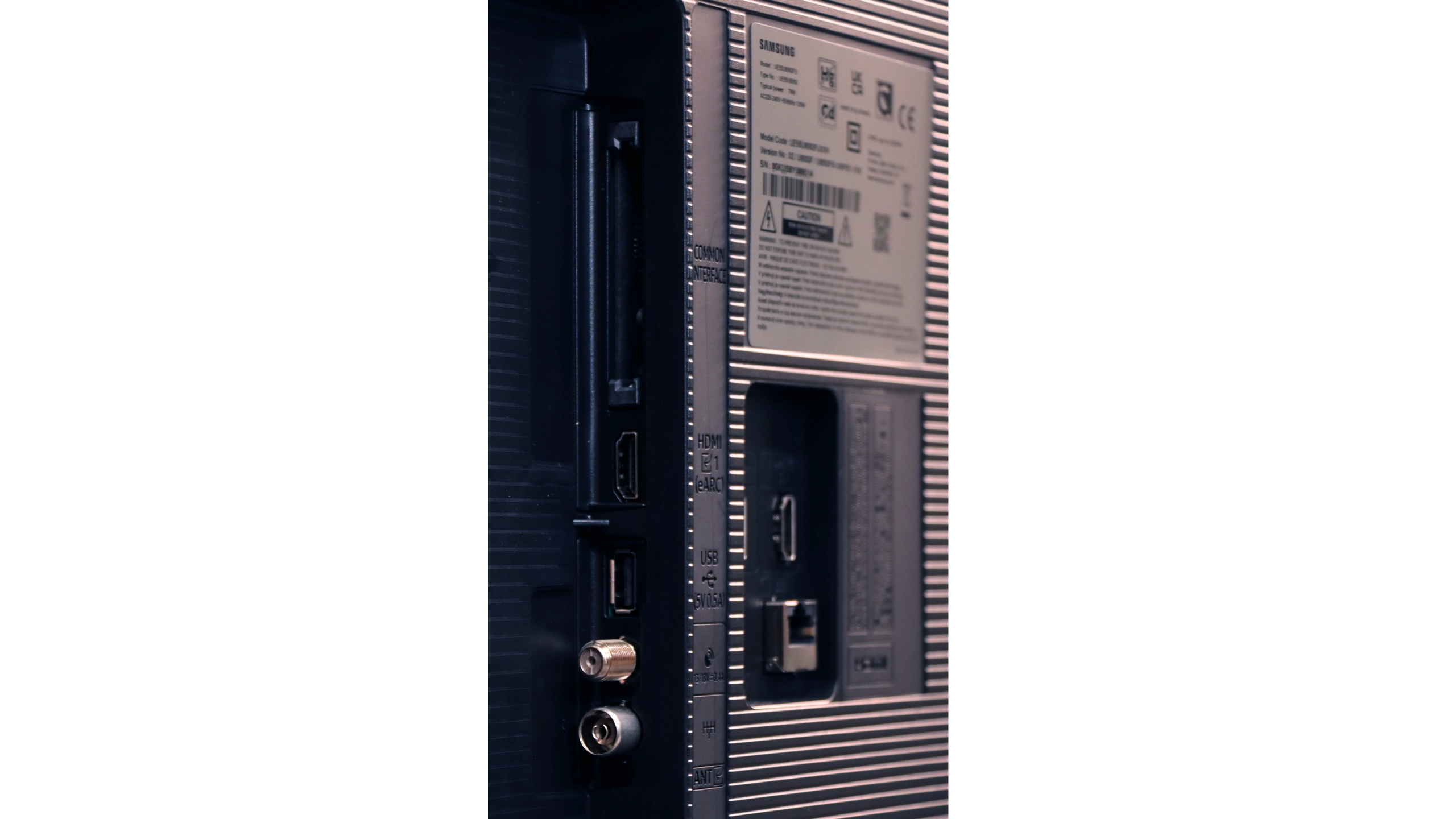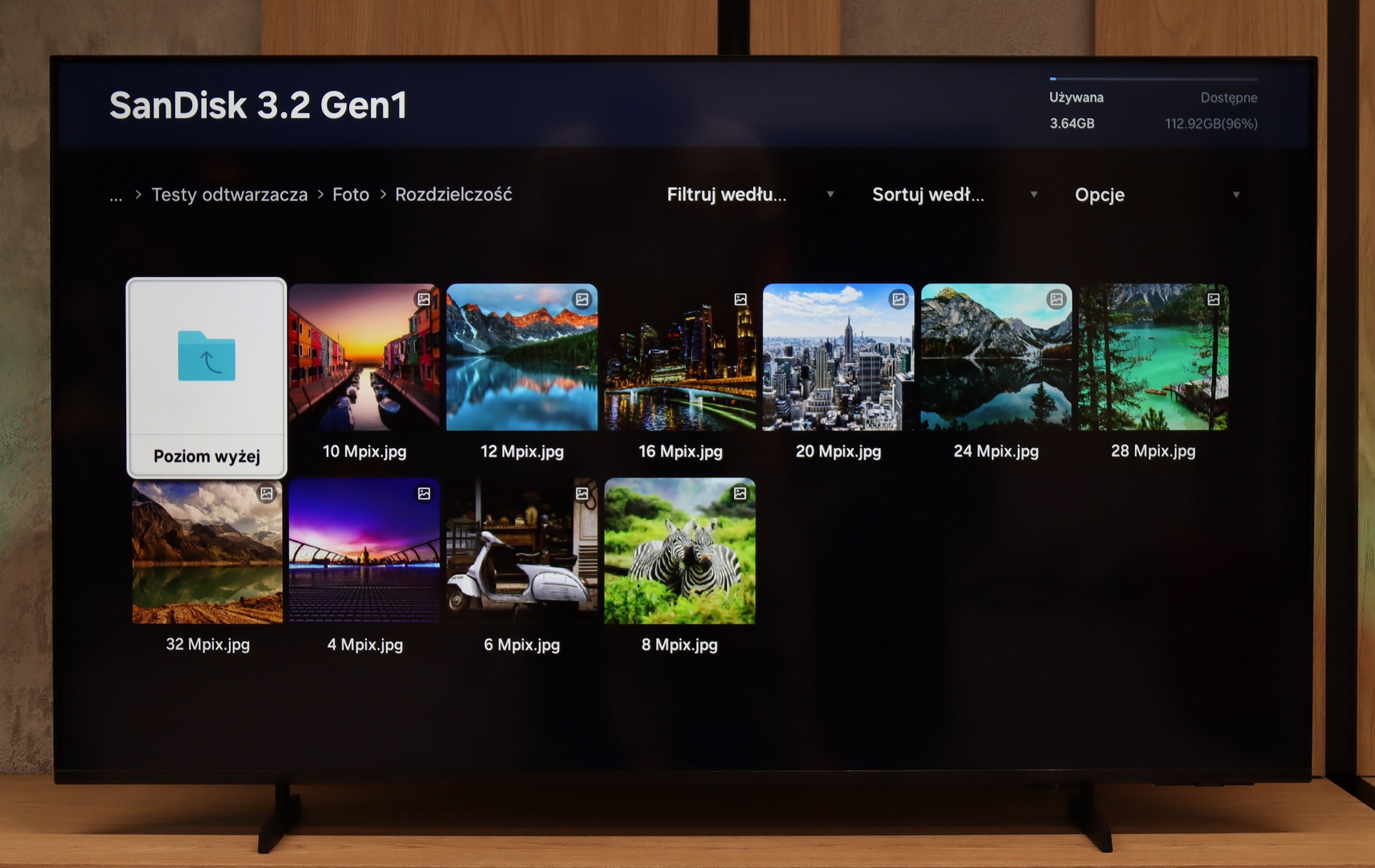The Samsung S90D TV in its smallest variant is a model that excels in many respects. It performs impressively in displaying details in dark scenes, enhancing the experience of watching demanding productions. However, the 48-inch variant has slightly lower brightness compared to larger models, and the screen features a satin finish rather than a glossy one, which can affect daytime viewing. Regardless of the variant, you can expect perfect blacks, while the high screen brightness makes HDR effects particularly striking. Although the factory colour settings may not be ideal, the TV achieves exceptional results after proper calibration, unmatched in its price range.
The Samsung S90D caters to both cinema enthusiasts and everyday viewers. Its wide viewing angles ensure a sharp and detailed picture, even from the side. The TV runs on the intuitive Tizen operating system, which offers a host of features and quick navigation. Access to streaming services and multimedia content is seamless, though the closed nature of the system may result in some missing applications.
For motion handling, the Samsung S90D boasts a 120Hz refresh rate panel that eliminates blurring and provides smooth playback of dynamic scenes, making it a great choice for sports fans. It is also an excellent option for gamers, with features that enhance the gaming experience. Low input lag ensures responsiveness, and the 144Hz panel caters to even the most demanding players.

